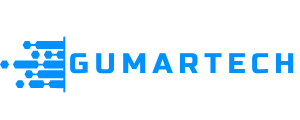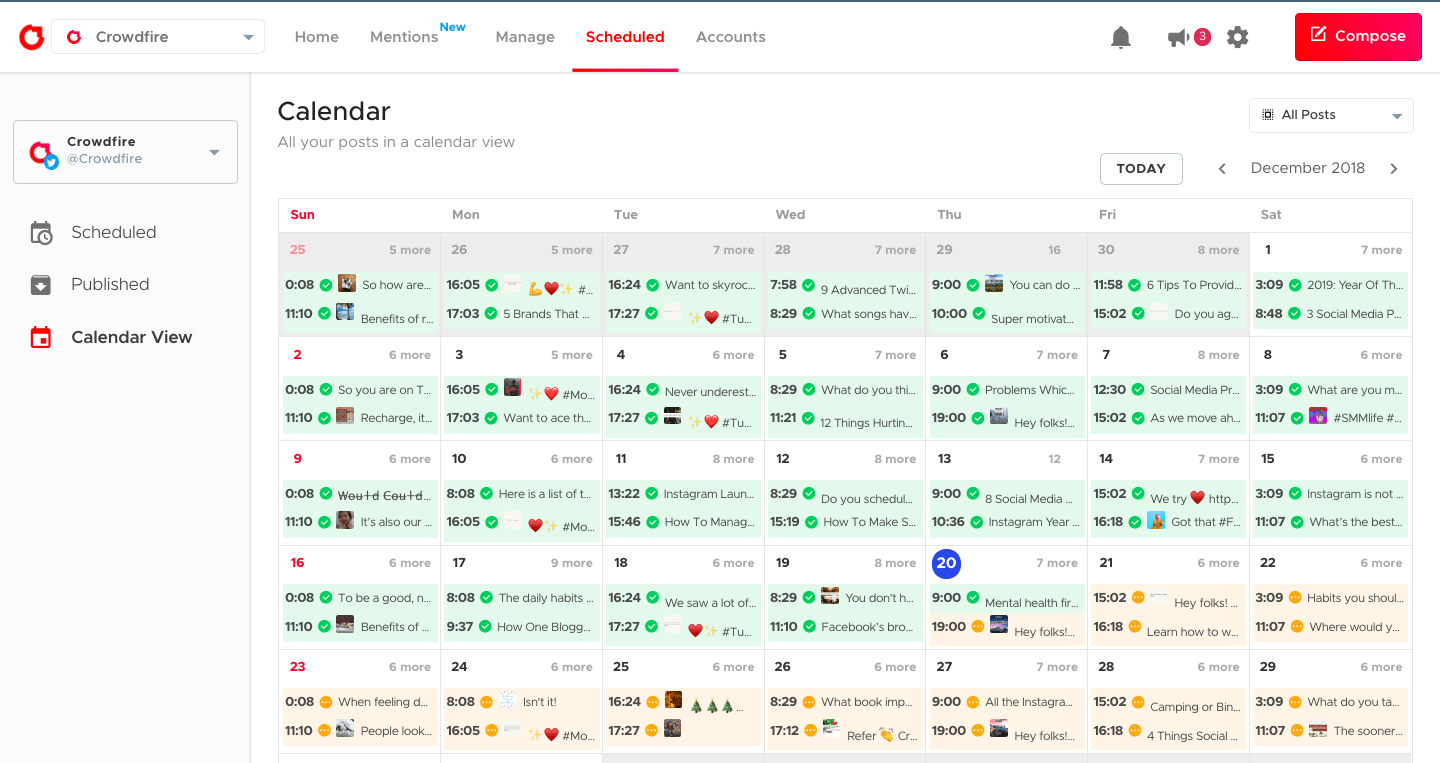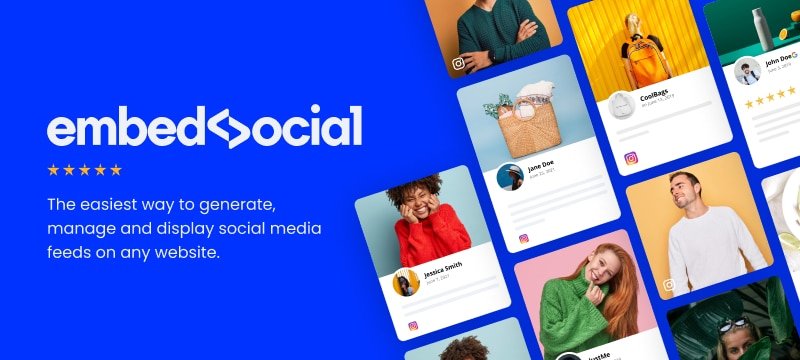Best Time to Post on Social Media: Boost Engagement
In the fast-paced arena of social media, identifying the optimal time to share posts online can significantly transform the success trajectory for both brands and influencers. The timing aspect extends beyond merely knowing when to click that ‘post’ button; it involves a comprehensive grasp of audience habits, platform-specific algorithms, and current engagement patterns. In this blog, we will thoroughly explore the complexities involved in timing your social media postings, aiming to maximize engagement on diverse social platforms.
Understanding the Importance of Timing in Social Media Posting

Timing can make or break your social media strategy. Posting at the right moment can lead to higher visibility, increased interaction, and ultimately, better conversion rates. As digital spaces become increasingly crowded, professionals must adapt their strategies to stand out amidst the noise.
When considering the timing of your social media posts, it’s essential to understand how various factors intersect. The delicate dance between engaging your audience and staying relevant in an ever-changing digital landscape requires a nuanced approach. Let’s explore the foundational aspects that underscore the significance of timing in social media posting.
The Role of Engagement in Social Media Success
Engagement is the heartbeat of social media success. It goes beyond mere likes and shares; it encompasses comments, saves, and any interaction that indicates your audience is resonating with your content. When you post at times when your audience is most active, you foster higher engagement levels.
Content that receives higher engagement often gets favored by algorithms, leading to greater organic reach. This cycle creates lasting relationships between your brand and its followers. The more engaged your audience is, the more likely they are to share your posts within their networks, creating a ripple effect that amplifies your brand’s voice.
How Algorithms Affect Post Visibility
Social media platforms operate based on complex algorithms designed to prioritize content that captures user attention. Understanding these algorithms is crucial when determining the best time to post on social media. For instance, if your target audience is primarily active during certain hours, but you’re posting outside of those periods, your content may never see the light of day.
For example, Facebook prioritizes content from friends and family over brands. If your posts don’t receive immediate interaction after being posted, the algorithm may deem them unworthy of showing to a wider audience. Therefore, timing your posts becomes critical in ensuring that your content garners the necessary initial engagement to boost visibility.
Differentiating Between Platforms: A Critical Analysis
Each social media platform has its own unique audience behavior patterns and peak activity times. What works well on one platform may not yield the same results on another.
Understanding these nuances is vital for optimizing your posting schedule. For instance, while Instagram might see high engagement on weekends, LinkedIn thrives during weekdays. By recognizing these differences, you can tailor your strategy to maximize impact.
Factors Influencing Optimal Posting Times

Determining the ideal posting times isn’t merely about observing generic trends; it involves delving into specific factors that influence your audience’s habits and preferences.
In this section, we’ll explore key factors that should guide your timing strategy. From analyzing demographics to industry-specific insights, these elements will help you create a robust posting schedule tailored to your audience.
Audience Demographics and Behavioral Patterns
One size does not fit all when it comes to social media audiences. Different demographic groups have varied online behaviors that significantly influence their engagement levels.
For instance, younger audiences may engage more frequently in the evenings or late at night, while professionals might be active during lunch breaks or after hours. Taking the time to understand the demographics of your audience can provide valuable insights into when they are most likely to engage with your content.
Additionally, tools like Google Analytics and social media insights can help paint a clearer picture of your audience’s online behavior, allowing you to tailor your posting schedule accordingly.
Industry-Specific Trends and Insights
Various sectors demonstrate distinct patterns regarding engagement on social media platforms. Take, for instance, a B2B organization that might observe increased interaction from its audience during weekdays, whereas a fashion retailer could witness a surge in engagement on weekends or around holiday periods.
Remaining aware of insights unique to your industry can greatly assist in synchronizing your posting schedule with prevailing market tendencies. Engaging in webinars, perusing industry publications, and following influential figures within the market are excellent strategies for understanding these trends. Additionally, you might want to think about subscribing to social media blogs that deliver consistent updates on evolving trends relevant to your specific field.
Geographic Considerations and Time Zones
In our globalized society, geographic considerations play a pivotal role in determining the best time to post on social media. Your audience may span multiple time zones, which complicates scheduling.
If you have a diverse global audience, consider segmenting your posts to cater to different regions. This might mean scheduling multiple posts throughout the day to capture various audiences effectively. Tools like Buffer or Hootsuite can assist in managing these staggered postings without overwhelming your workflow.
Best Practices for Determining Your Unique Posting Schedule

Now that we’ve established the importance of timing and the factors influencing optimal posting, let’s dive deeper into actionable strategies for determining your unique posting schedule.
By utilizing analytics tools, conducting A/B tests, and crafting content calendars based on insightful data, you can create a comprehensive posting strategy that maximizes engagement.
Utilizing Analytics Tools to Guide Posting Strategies
Analytics tools serve as invaluable resources for social media strategists. Most platforms offer built-in analytics that reveal data about your followers’ online presence and interactions with your content.
Harnessing the power of these tools enables you to identify specific times when your audience is most active. Focus on metrics such as engagement rates, click-through rates, and impressions to gain a clear understanding of posting effectiveness.
Regularly reviewing these analytics will allow you to adapt and refine your posting schedule, ensuring you’re consistently reaching your audience at optimal times.
Conducting A/B Testing to Fine-Tune Timing
A/B testing is a powerful method for honing your social media posting strategy. By experimenting with different posting times, you can observe variations in engagement levels.
For instance, if you typically post at 10 AM but decide to test 3 PM instead, you’ll quickly determine which time yields better results. Over time, conducting systematic A/B tests will enable you to establish a robust framework for posting that resonates with your audience’s habits.
Remember, consistency is key during testing. Ensure that other variables – such as content type and messaging – remain constant to isolate the variable of posting time effectively.
Creating a Content Calendar Based on Insights
A content calendar serves as an organized blueprint for your social media strategy. By incorporating insights gained from analytics and testing, you can develop a comprehensive plan that outlines what to post and when.
Your content calendar should include information such as specific themes, content types, and targeted posting times. This structure not only streamlines your social media efforts but also ensures that your content aligns with audience activity patterns.
Moreover, a well-planned calendar can alleviate stress related to last-minute posting decisions, allowing you to focus on crafting high-quality content instead.
General Guidelines for Posting Times Across Major Platforms

Although every social media platform possesses its distinct features, there are overarching principles you can adhere to in order to enhance user engagement.
In this discussion, we will delve into the best times to post on key platforms including Facebook, Instagram, Twitter, LinkedIn, and TikTok. We will emphasize trends and tactics that can elevate your visibility and boost interaction rates with your audience.
Facebook: Peak Hours for User Engagement
Facebook remains one of the largest social media platforms, making it crucial for brands to navigate its posting dynamics effectively. Research suggests that users tend to be most active during weekday afternoons, particularly between 1 PM and 3 PM.
This trend correlates with lunch breaks and afternoon lulls at work, making it an ideal time to capture users’ attention. However, keep in mind that engagement rates can fluctuate based on audience demographics and interests.
Experimentation is vital here – testing different times and observing engagement to fine-tune your posting strategy continually.
Instagram: Timing Strategies for Visual Content
Instagram’s vibrant visual community encourages engagement through eye-catching imagery and videos. Peak engagement times typically occur during off-work hours, especially on weekdays, with Sunday often yielding high interaction rates as users unwind for the week ahead.
Scheduling posts around lunchtime (11 AM to 1 PM) and evening (7 PM to 9 PM) can enhance visibility. Additionally, leveraging Instagram Stories to provide real-time updates can create additional touchpoints for audience interaction.
Twitter: Capitalizing on Fast-Paced Interactions
Twitter operates at a rapid pace, making timing even more critical. Users frequently scroll through their feeds, so catching their attention during peak hours is essential. Wednesday and Friday mornings typically show peak engagement levels, especially around 9 AM and noon.
Utilize trending hashtags and participate in timely conversations to maximize your visibility. Given Twitter’s real-time nature, adapting your posting schedule to align with current events and trends can heighten relevance and engagement.
LinkedIn: Best Times for Professional Networking
LinkedIn is where professionals gather, making it essential to time your posts correctly. Activity on LinkedIn peaks during business hours, particularly Tuesday through Thursday, from 8 AM to 10 AM and again around noon.
Tailoring your content to fit professional themes and engaging with professional communities during these hours can yield significant interaction. Remember to focus on high-value content that aligns with your audience’s professional interests.
TikTok: Understanding Trends and Viewer Habits
TikTok’s algorithm rewards creativity and trend alignment. Users engage heavily during evenings and weekends, making these optimal posting times.
To capitalize on this, consider posting when trends are emerging, using relevant sounds and challenges to enhance visibility. Since TikTok thrives on engaging, entertaining content, aligning your posting strategy with popular trends will substantially elevate your chances of boosting engagement.
Adapting to Changing Trends and User Behavior
The realm of social media is in a constant state of transformation, which makes it essential for companies to be flexible and adaptive in their approaches.
Strategies that may have been effective yesterday might not have the same impact today, so it’s vital to keep a close watch on shifting trends and the behaviors of users in order to uphold engagement and relevance.
GoHighLevel helps you optimize your social media strategy by identifying the best time to post. With its advanced scheduling tools, you can plan and automate posts across multiple platforms at peak engagement times. This ensures your content reaches the right audience when they’re most active, increasing visibility, interaction, and ultimately boosting your social media performance.
The Impact of Seasonal Changes on Engagement
The fluctuations of the seasons can significantly influence how users behave and interact on social media platforms. Various holidays, cultural festivities, and seasonal trends can alter the times when your audience is most engaged.
For instance, throughout the holiday season, individuals may show greater interest in content that highlights gift suggestions or celebratory experiences compared to standard materials. By adjusting your posting strategy to align with these changes, you can boost both relevance and connection with your audience.
Monitoring Competitors and Industry Shifts
Keeping a close eye on competitors and industry shifts is essential for adapting your posting strategy. Observe their posting frequency, engagement levels, and timing to identify potential gaps or opportunities for improvement.
Consider participating in industry-specific forums or groups to stay updated on trends affecting your niche. Analyzing competitors‘ successes and failures can inform your strategy and help you carve out your unique space within the digital landscape.
Staying Ahead with Emerging Social Media Platforms
As new social media platforms emerge, they bring fresh opportunities for engagement. Early adopters can often benefit from less competition and increased visibility.
Stay informed about emerging platforms and evaluate their potential fit for your audience. Whether it’s exploring Clubhouse for audio content or new visual platforms, adapting your strategy to incorporate novel channels can set your brand apart.
Conclusion
Understanding the intricacies of timing when it comes to posting on social media is crucial for maximizing engagement levels. By delving into how audience behaviors, platform algorithms, and current industry trends work together, you can identify the optimal times for sharing content on social media tailored specifically to your unique situation.
Through thorough analysis, experimenting with different approaches (A/B testing), and continuously honing your posting strategy, you will be able to establish a solid engagement framework that deeply connects with your audience. Ultimately, mastering the art of timing involves blending insights derived from data with creative instincts, allowing your brand to flourish in a dynamic digital environment. Embrace the journey of discovery and trial as you develop an alluring social media presence that endures over time.




